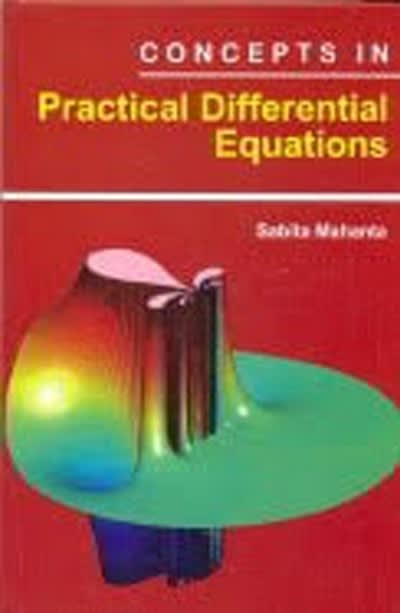Answered step by step
Verified Expert Solution
Question
1 Approved Answer
ONLY THE SECOND PART: Continuing Exercise 1, find the Wald, Agresti-Coull, Wilson, and Clopper-Pearson intervals using the given data. Interpret the intervals in the context
ONLY THE SECOND PART: Continuing Exercise 1, find the Wald, Agresti-Coull, Wilson, and Clopper-Pearson intervals using the given data. Interpret the intervals in the context of the experiments.


Step by Step Solution
There are 3 Steps involved in it
Step: 1

Get Instant Access to Expert-Tailored Solutions
See step-by-step solutions with expert insights and AI powered tools for academic success
Step: 2

Step: 3

Ace Your Homework with AI
Get the answers you need in no time with our AI-driven, step-by-step assistance
Get Started


